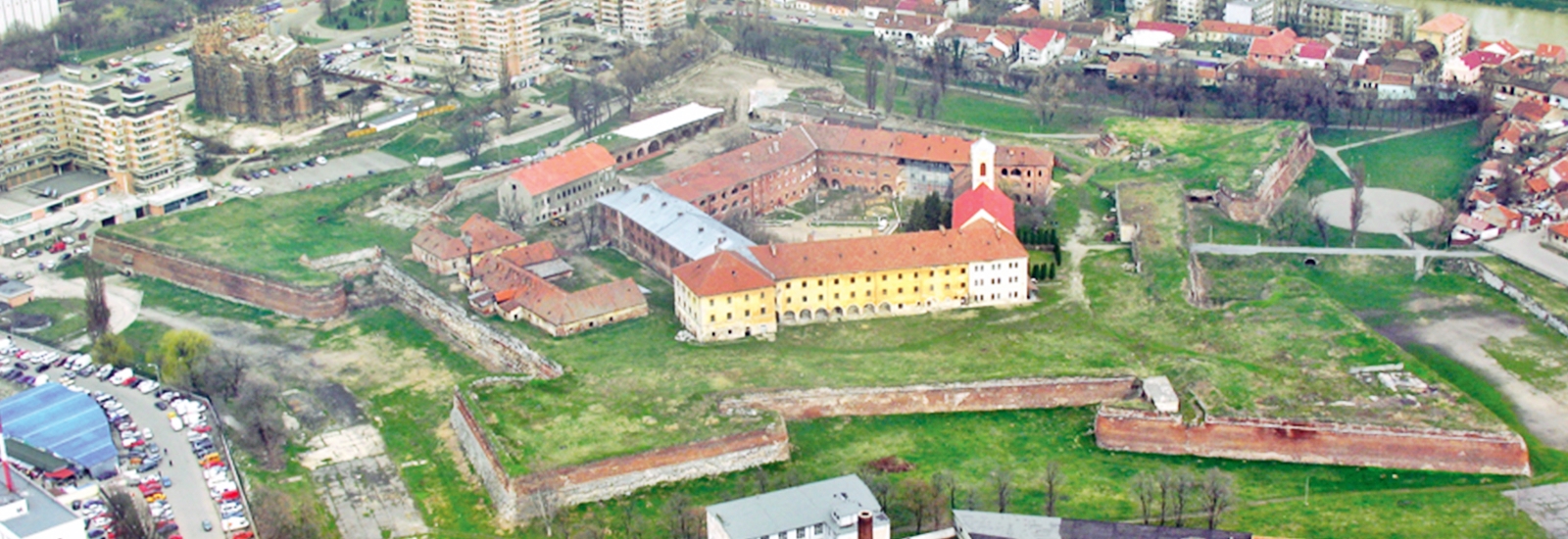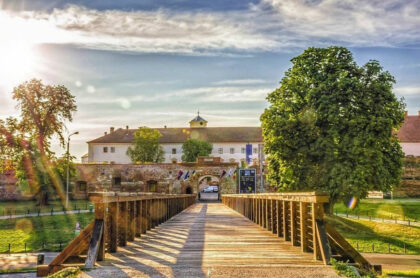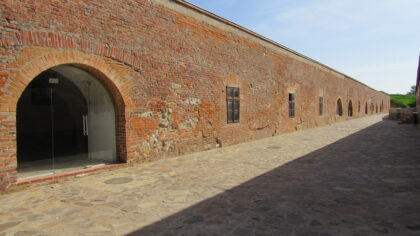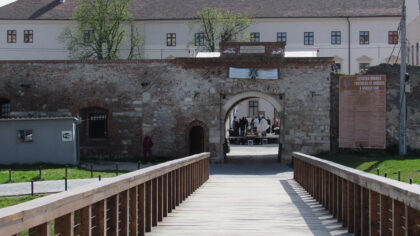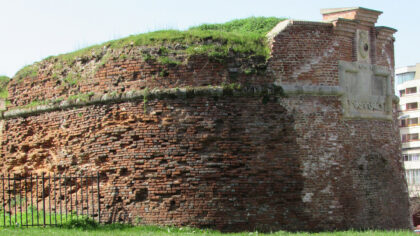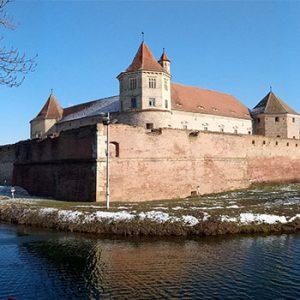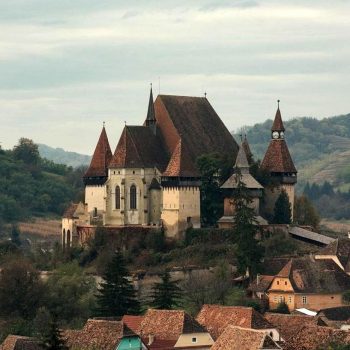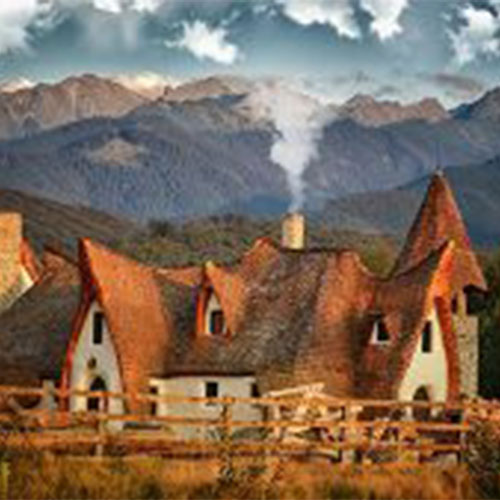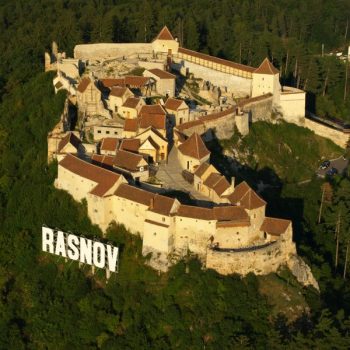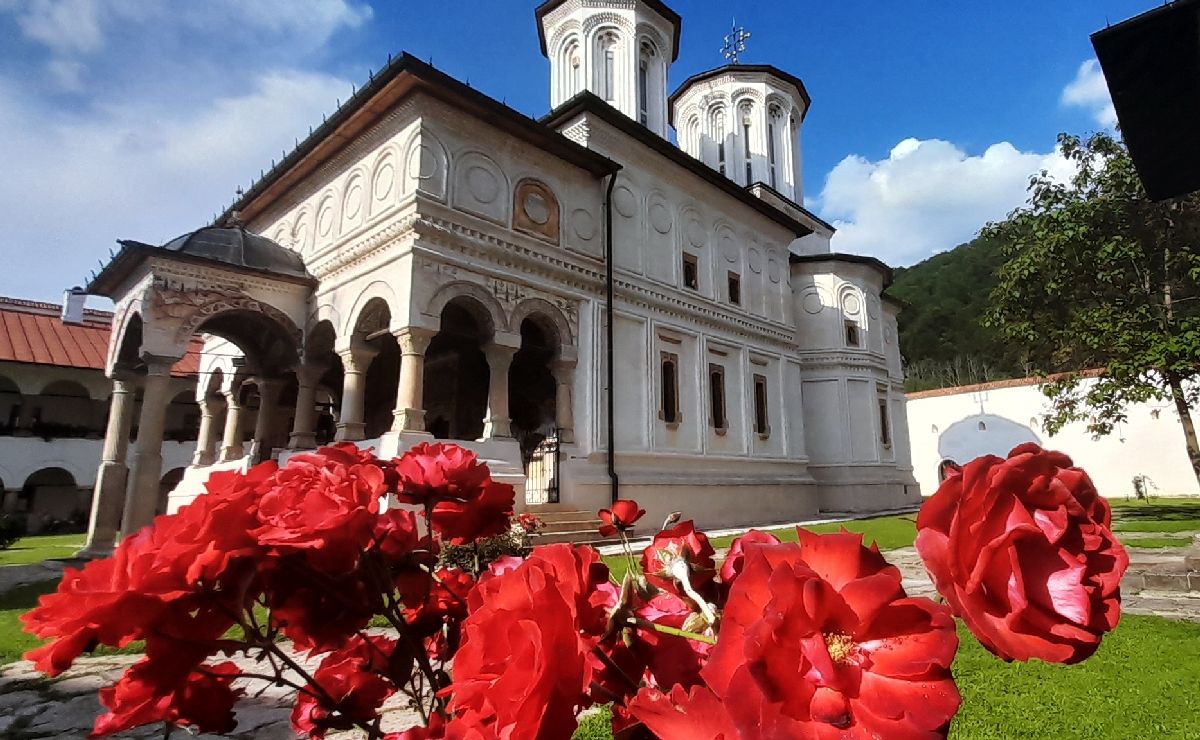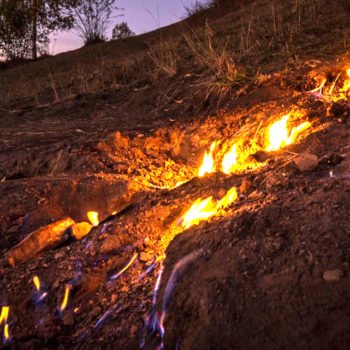Short description: Oradea Citadel tells immortal stories and offers every tourist who visits it a piece of history to which he was once a spectator. The citadel is said to be impregnable due to the vast underground networks of connections with the outside. The water moat of the fortress was filled in the event of a siege with thermal water from the Peța river. Currently, the Faculty of Visual Arts of the University of Oradea is located within the citadel.
County: Bihor
Images: red_frog | visit_oradea
More details – History
The Oradea Citadel is a monument full of history, being the best-preserved Italian Renaissance-style citadel in Central Europe, built during the reign of King Ladislaus of Hungary. This was rebuilt in the shape of a pentagon to keep out the Turks. Over the centuries, the fortress faced several legendary attacks, being destroyed by the attacks of the Tatars and Turks before the five bastions were erected.
Oradea Citadel was founded on the site of the Cathedral of the Holy Virgin Mary, built during the reign of King Ladislaus of Hungary (1077 – 1095). The oldest documentary mention of a construction inside the walls is, according to the historian Liviu Borcea, a painted chronicle from Vienna, made in 1368. Liviu Borcea also notes, in “Memoria caselor”, that the oldest archaeological discovery in the fortress would have been the one in 1755 when, digging a well, the imperial soldiers of the Marquis Canon de Ville discovered the tomb of Queen Maria, wife of Sigismund of Luxemburg, who died in 1395.
Oradea Citadel was witness to significant events for Transylvania. In 1556 – 1557, the Transylvanians ended up fighting here against each other, the fortress being a crucial military point, caught between the Ottoman Empire (Pashalac of Timișoara) and the Habsburg Empire, which reached Cărei and Tășnad. For security reasons, based on the tightening of Austro-Turkish relations, the question of building a new fortress arose again. “In 1598 it was almost ready, representing a splendid bastion construction specific to the Italian defense system.
In this year the fortress was subjected to a five-week Ottoman siege, which almost completely destroyed the city. For the people of Oradea, the fortress had become like a bad market, too attractive for the great powers. Another tragic year for the people of Oradea was 1658, when the Turks wanted to slander the lords of Moldavia and Wallachia (retired to Bihor). The most difficult year, however, was 1660, when the people of Oradea, defying the obvious failure of the attempt, opposed the overwhelming forces of the Ottoman Empire.


